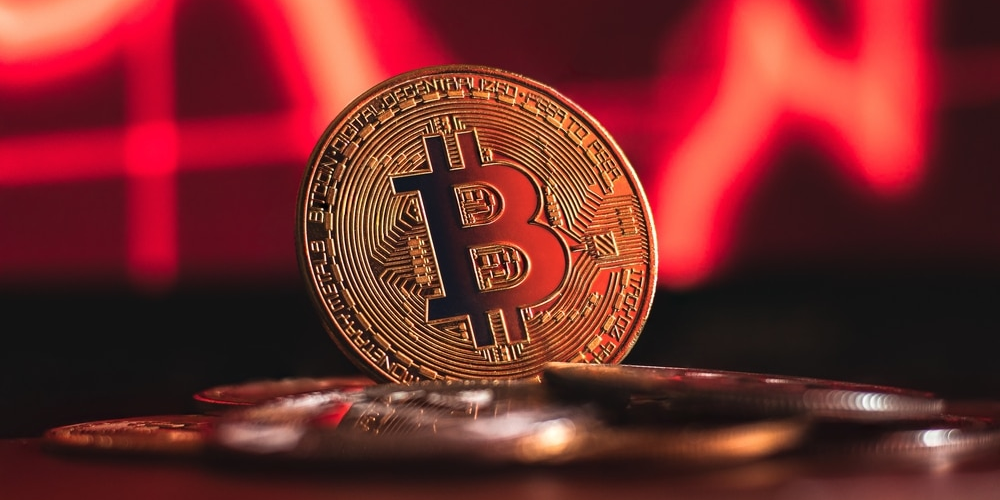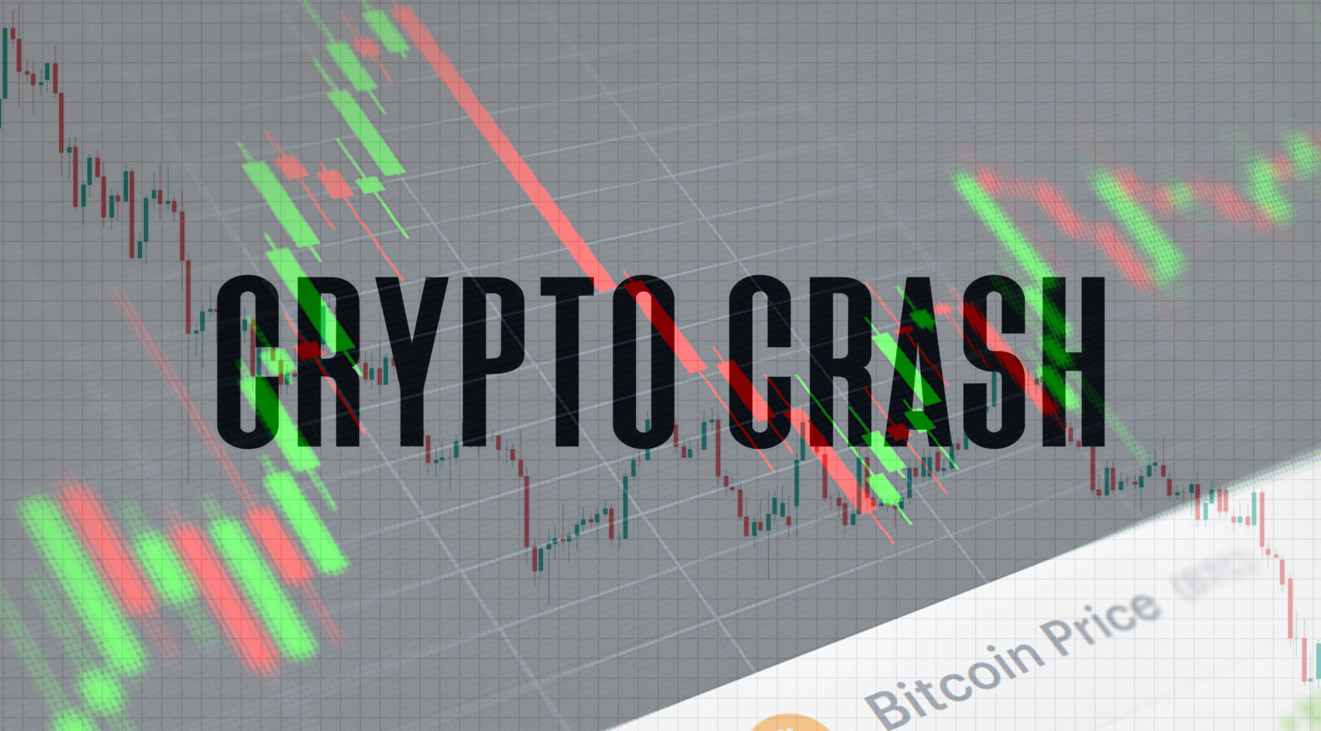The recent crypto market tumble left many scratching their heads…
Yes, volatility is expected. But what’s alarming are the patterns that seem too synchronized to be random: massive short positions opened just before macro shocks, huge liquidations by long-term holders who bought when Bitcoin was cheap and the reactivation of decade-old wallets.
When you see multiple red flags pointing the same way, the assumption of innocence grows thin. Is this insider behavior or just sharp trading?

1. The short strike before the shock
A whale strikes when the market’s fragile
One of the most talked-about anomalies is the “insider whale” who opened tens or hundreds of millions in short positions just before a market-moving policy announcement. In one instance, the trader is said to have made $192 million from a short placed shortly before the tariff shock that rattled crypto and equities alike.
More provocatively, that same trader has since loaded up again on shorts — now amounting to $496 million at 10x leverage, with a liquidation threshold that seems designed to reap gains on downward swings.
These moves have reignited speculation: did someone, somewhere, have foreknowledge of political or regulatory decisions that would crack open the market?
Closing with ill timing?
It doesn’t end with opening. This whale reportedly closed its $197 million short after the crash, then transferred $89 million in USDC to Binance — triggering suspicions that new exposures might be in the works.
The timing is surgical. It reads more like a choreographed play than a random tango between risk and reward.


2. Long-term holders dumping at the top
The “bought at $3K, sold for billions” phenomenon
One of crypto’s most compelling narratives is that of early believers who held through the darkest valleys and then liquidated near peaks. Here’s a standout example: a whale sold 80,000 BTC (worth about $9.6 billion) in mid-2025. That stash was originally acquired around $54,000 total cost basis (circa 2011–2014).
Such an exit isn’t inherently suspect. After all, if you accumulate at negligible cost and the asset goes up 1,000x, why not sell? But when those exits align closely with other market pressures, it raises the question: were they independently timed or part of a concert?
Dormant wallets waking up
A wave of dormant wallets — inactive for 10+ years — has recently stirred. Some moved 10,000 BTC each all at once, totaling ~80,000 BTC across several wallets. These wallets date back to early 2011, a time when one Bitcoin could be bought for less than $1.
One whale that held coins for 14 years transferred $8.6 billion worth of BTC in batches of 10,000. Observers flagged this as the largest daily movement by decade-old coins ever seen on chain.
Another wallet dormant for 13 years recently moved 137 BTC (worth ~$15.6 million), first transfer in over a decade.
These reactivations, especially when they come around peak sentiment windows, push the notion that “old money” may be using their timing to capitalize on others’ FOMO.
Pressure from the long-term cohort
On-chain data confirms what feels intuitive: long-term holders (those holding 155+ days) have been shedding BTC steadily. Since June, they’ve dumped over 300,000 BTC.
But that’s not just profit taking — that’s a structural drain on supply coming from the deepest layers of the investor base. When the biggest holders decide to sell, the rest of the market trembles.


3. When shorters and sellers move in concert
The real alarm bell rings when you see all the signals — unusual shorts, reactivated old wallets and mass selling by whales — flashing at the same time. It suggests possible coordination or at least a shared information advantage.
Here’s one possible narrative:
- A policy or macro shock is known (or highly anticipated) by some network of insiders.
- Those insiders position short right before the event.
- At or near the same moment, deep BTC holders begin exiting, banking gains at or just ahead of the top.
- The shock hits, markets cascade; the shorts are flushed out with profits and the exits from old holders are absorbed.
This is the picture painted by the coinciding timelines. To shrug it off as mere “market risk” becomes harder when multiple parties align so precisely.

Counterpoints & what defenders will claim
Every suspicious pattern has a plausible defense. It’s worth walking through them:
- Macro foresight, not inside info — Maybe these traders simply forecasted a tariff risk, macro slowdown or liquidity shift.
- Survivorship bias — The stories that make headlines are the ones that hit; we don’t hear of the many failed trades that preceded them.
- Risk assumption — High leverage and short positions are risky. A rebound or surprise policy twist could have vaporized everything.
- Chain != identity — On-chain data can trace flows, but it rarely ties wallets to real actors. These could be syndicates, algorithmic funds or anonymous mixes.
- Portfolio rotation, not dumps — Some moves may be shifting exposure (e.g. BTC → ETH or stablecoins) rather than pure sellouts.
These arguments are valid. But they only gain traction if they convincingly explain all the coinciding acts — the timing, the magnitude, the reactivations — as chance instead of pattern.


What to watch for going forward
If you believe there’s something deeper beneath the surface, here are signals worth monitoring:
- New massive shorts opened just before major announcements.
- Dormant wallet movement — especially decade-old wallets transferring full balances.
- Whale outflows aggregated in tight windows.
- Large USDC deposits from whales to exchanges right before price drops.
- Sudden re-entries (shorts or longs) by known address clusters after major events.
If these signals repeat in future cycles, the case for “insider behavior” strengthens.

Suspicion is a credible lens
Crypto’s promise was transparency, decentralization, fairness. But the more you watch the chains, the more you see the smoke from deep vaults: whales moving in shadows, timing epic exits and aggressive posturing with shorts.
It might not all be conspiracy. Some of this could be brilliant macro trading. But the synchronized timing, the historical wallets reawakening and the scale of exits all point to something more than random chance. At the very least, we have to adopt skepticism.
Until there’s real regulatory visibility or identity disclosure, markets like this will always carry the question: who really knew what — and when?

